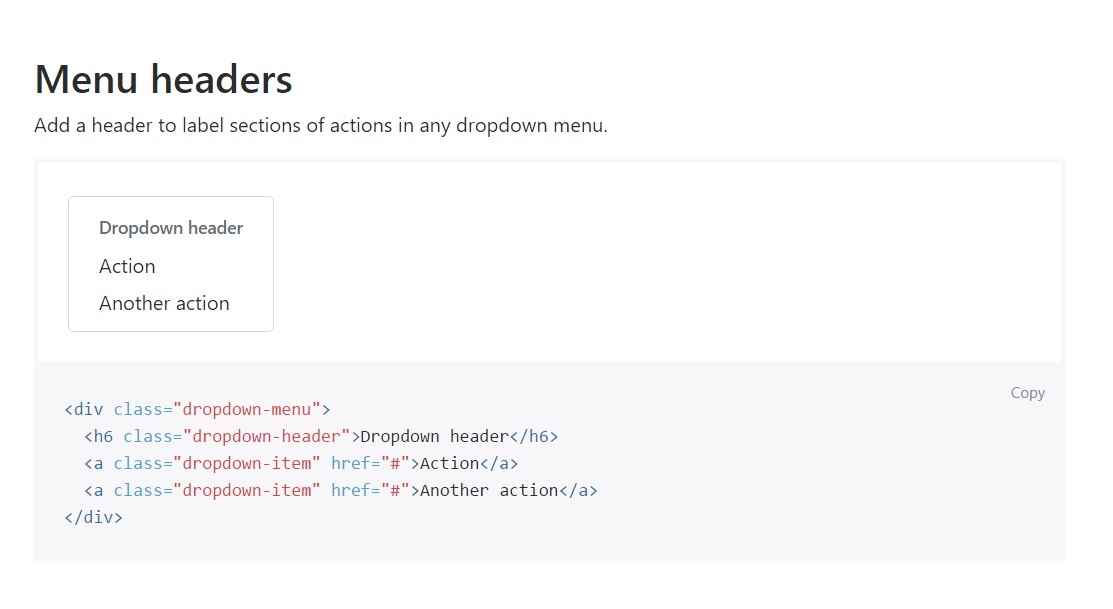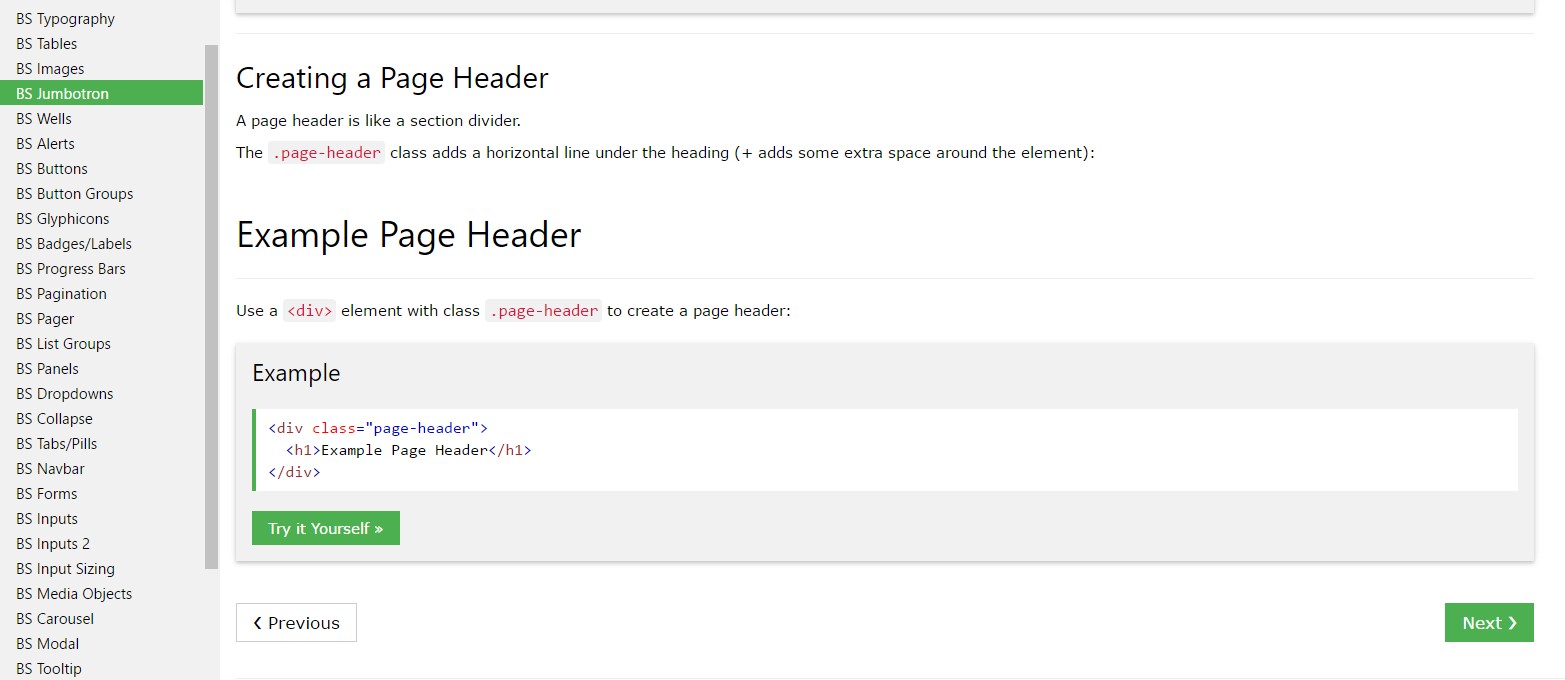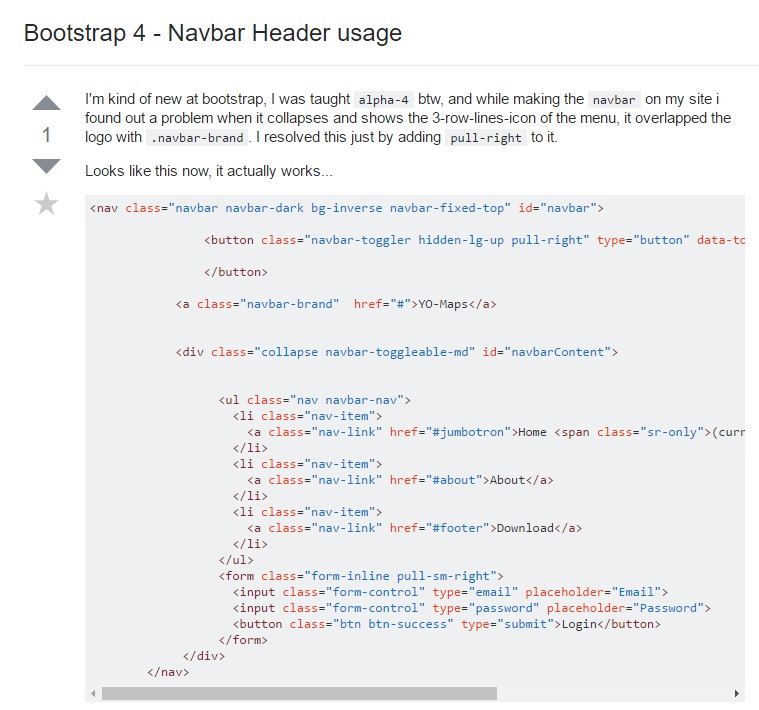Bootstrap Header Design
Introduction
Like in printed documents the header is just one of the very significant parts of the web pages we obtain and design to employ every day. It nicely possesses one of the most crucial info on the identity of the company or else people behind the webpage in itself and the importance of the entire site-- its own navigating building which in turn together with the Bootstrap Header Form itself must be thought and made in this kind of technique that a site visitor rushing or certainly not actually knowing which way to go to simply just take a look at plus locate the required information. This is the preferred situation-- in the real life obtaining as near as feasible to this look and attitude additionally goes considering that we pretty much each and every moment have some project particular restrictions to think about. Also in contrast to the written documentations around the world of internet we should really always bear in mind the assortment of attainable devices on which our web pages could possibly get presented-- we ought to assure their responsive activity or else to puts it simply-- make certain they will show most effective at any display size attainable.
In this way why don't we have a glance and check out just how a navbar gets created in Bootstrap 4. (read this)
Efficient ways to employ the Bootstrap Header Example:
First off in order to generate a page header or else considering that it gets referred to in the framework-- a navbar-- we require to wrap the whole thing into a
<nav>.navbar.navbar-toggleable- ~ screen size ~.bg-*.navbar-light.navbar-lightInside of this parent component we should certainly start by inserting a button element which in turn shall be employed to display the collapsed web content on a smaller sized display screen scales-- to accomplish that create a
<button>.navbar-toggler.navbar-toggler-left.navbar-toggler-righttype = " button "data-toggle ="collapse"data-target = " ~ the collapse element ID ~What is actually bright fresh for most current alpha 6 release of the Bootstrap 4 framework is that inside the
.navbar-togler<span>.navbar-toggler-icon<a>.navbar-brand<div class="img"><img></div>Now-- the fundamental part-- making the collapsible container for the primary web site navigation-- to accomplish it create an element using the
.collapse.navbar-collapseid =" ~ same as navbar toggler data-target ~ ".collapse<ul>.navbar-nav<ul><li>.nav-item<a>.nav-link.nav-item.nav-link.nav-item.dropdown<li>.dropdown-toggle.nav-link.nav-item<div>.dropdown-menu.dropdown-itemRepresentation of menu headers
Bring in a header to label areas of activities within any dropdown menu.
<div class="dropdown-menu">
<h6 class="dropdown-header">Dropdown header</h6>
<a class="dropdown-item" href="#">Action</a>
<a class="dropdown-item" href="#">Another action</a>
</div>Even more opportunities
Another fresh thing for this version is the opportunity to bring in an inline forms in your
.navbar.form-inline<span>.navbar-textFinal thoughts
The moment it approaches the header features in the most recent Bootstrap 4 edition this is being actually looked after with the built in Collapse plugin and various site navigation certain material classes-- a few of them developed primarily for preventing your product's identity and various other-- to make sure the real webpage navigational system will reveal best collapsing in a mobile style menu when a pointed out viewport size is accomplished.
Check a couple of video clip guide regarding Bootstrap Header
Linked topics:
Bootstrap Header: approved documents

Bootstrap Header article

Bootstrap 4 - Navbar Header usage


